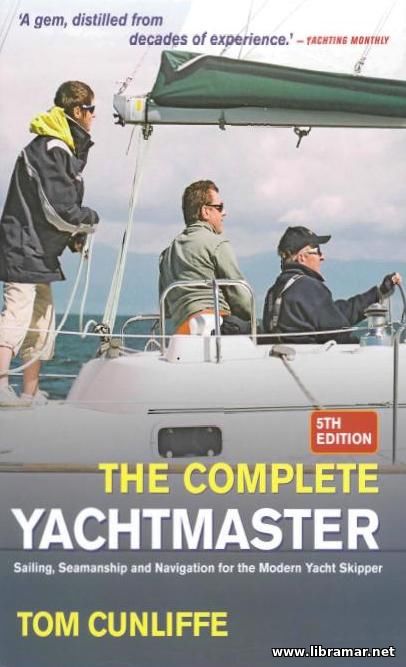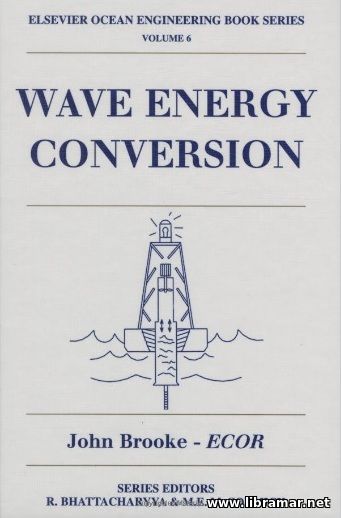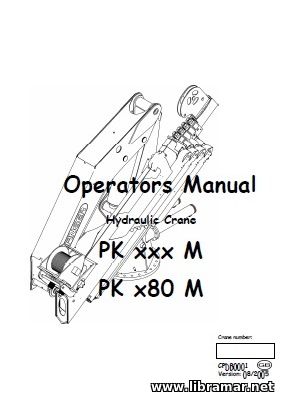SHIPS ON MAPS: PICTURES OF POWER IN RENAISSANCE EUROPE

| Author(s) | Richard W. Unger |
| Publisher | Palgrave Macmillan |
| Date | 2010 |
| Pages | 256 |
| Format | |
| Size | 27 Mb |
| D O W N L O A D | |
Before 1375, ships rarely appeared on maps. By 1550, they had become prominent features, depicted across oceans, seas, estuaries, rivers, and lakes in various kinds of maps - ranging from the most extensive to the highly detailed. This dramatic shift can be attributed to broad changes in map-making techniques, an explosion of geographical knowledge, and evolving European perspectives about themselves and their place in the world during the Renaissance.
Understanding the subsequent disappearance of ships from maps in the 18th century involves examining similar underlying factors - shifts in artistic fashion, technological advancements, and new ideas about Europe and the physical universe. To truly grasp the reasons behind the rise and fall of decorative vessel illustrations on maps, one must explore the ideas, representation issues, and the social and economic structures that regulated map production. This inquiry is akin to a long voyage through an array of images - starting from simple, small sketches of the landscape around the mapmaker, to some of the most exquisite works of Renaissance art.
Such explanations highlight the cartographic revolution of the 15th and 16th centuries, reflecting changes in perceptions among thinkers, writers, and policymakers. They also reveal how the practical needs for new knowledge and user demands shaped both the art and function of maps. Maps always simplify a complex world.
They serve as external, physical representations of the earth’s surface—multifaceted, yet inherently limited. Since it is impossible to perfectly replicate the land’s reality, maps are essentially portrayals—likenesses and simplified models. The precise duplication of any geographical setting is unattainable; therefore, maps, like all forms of communication, intentionally fragment and streamline reality to convey understandable information.
The "Read Later" function allows you to add material to this block with just one click. Just click on the icon and read the articles that interest you at any convenient time.


